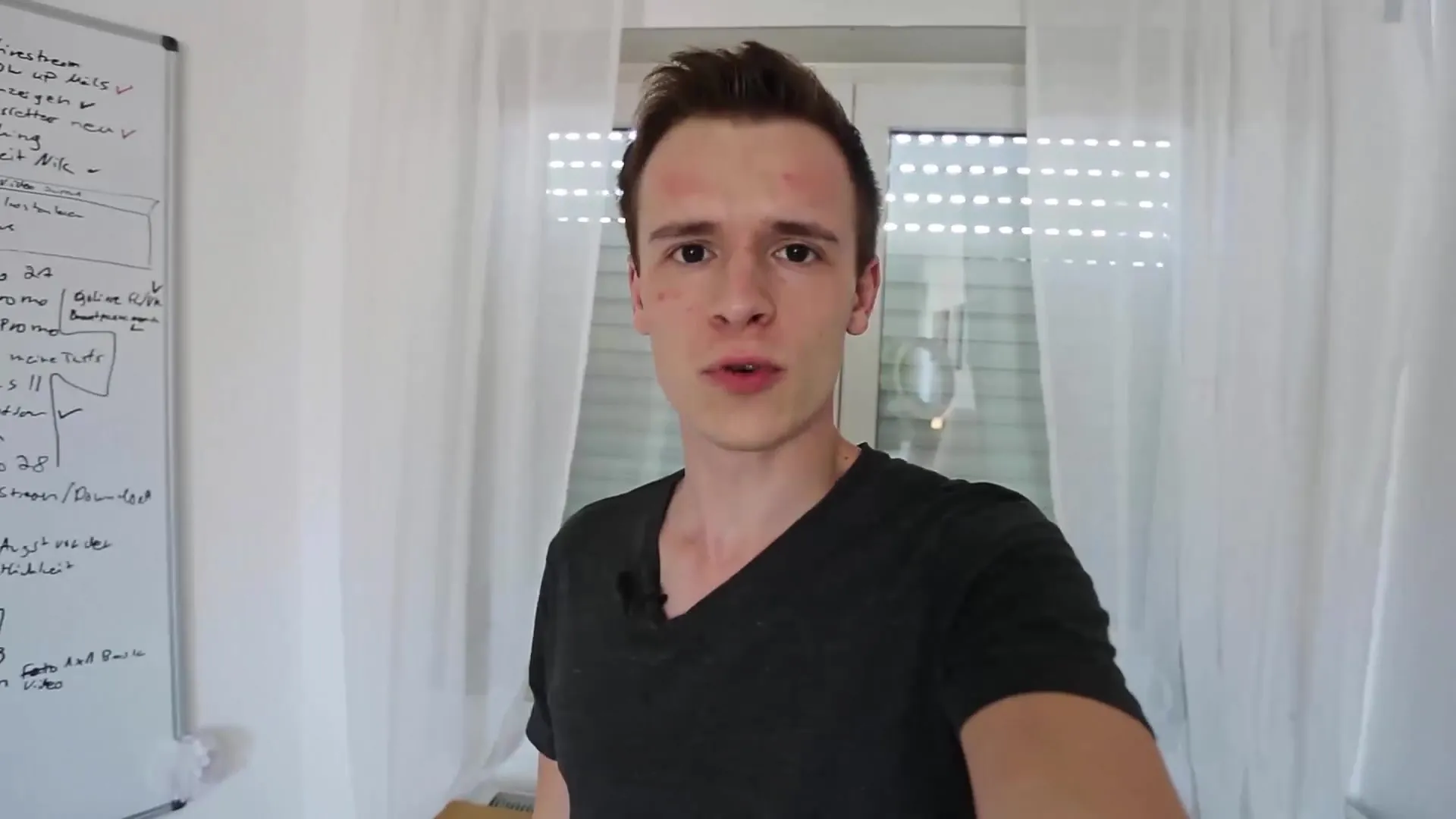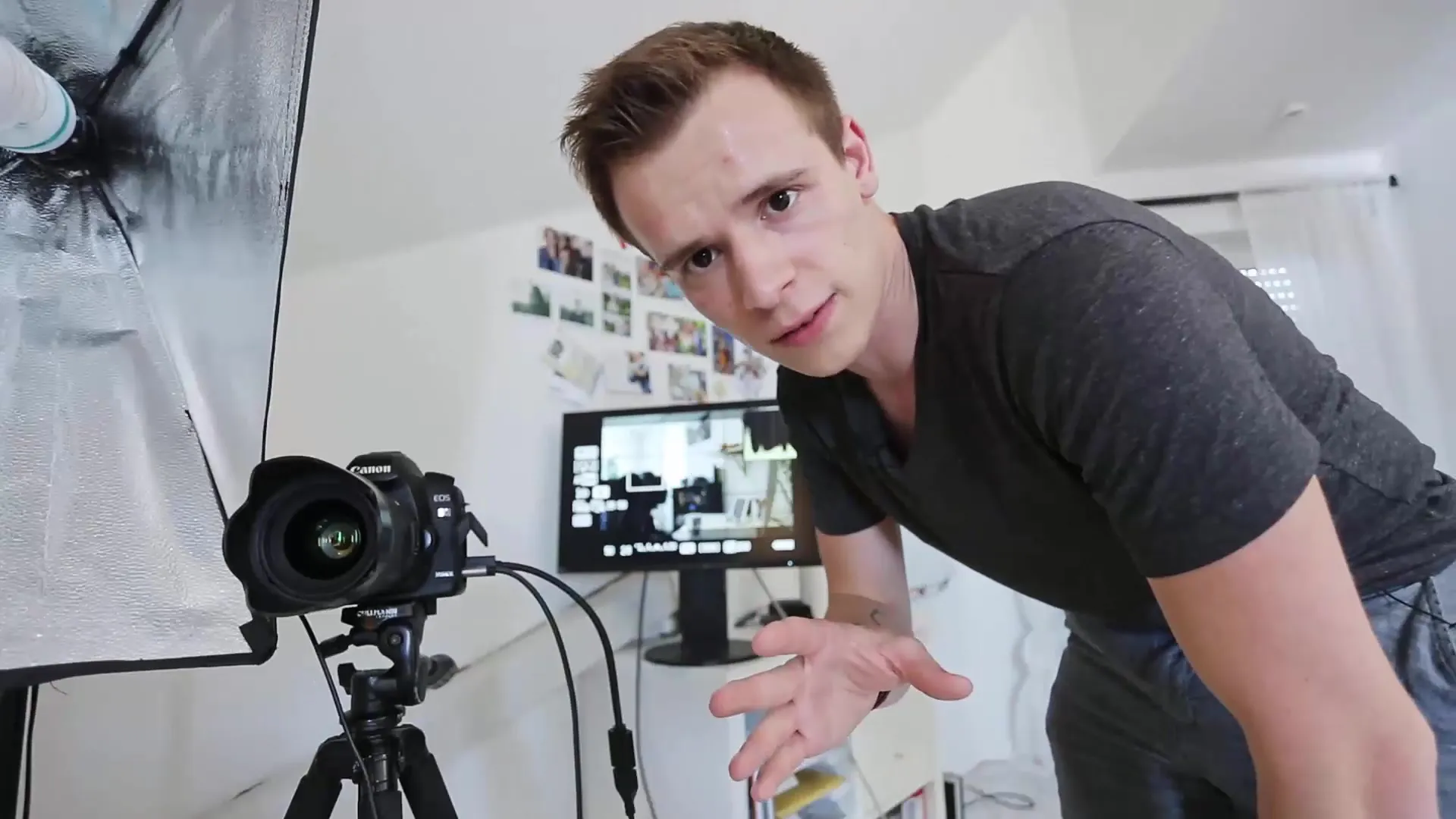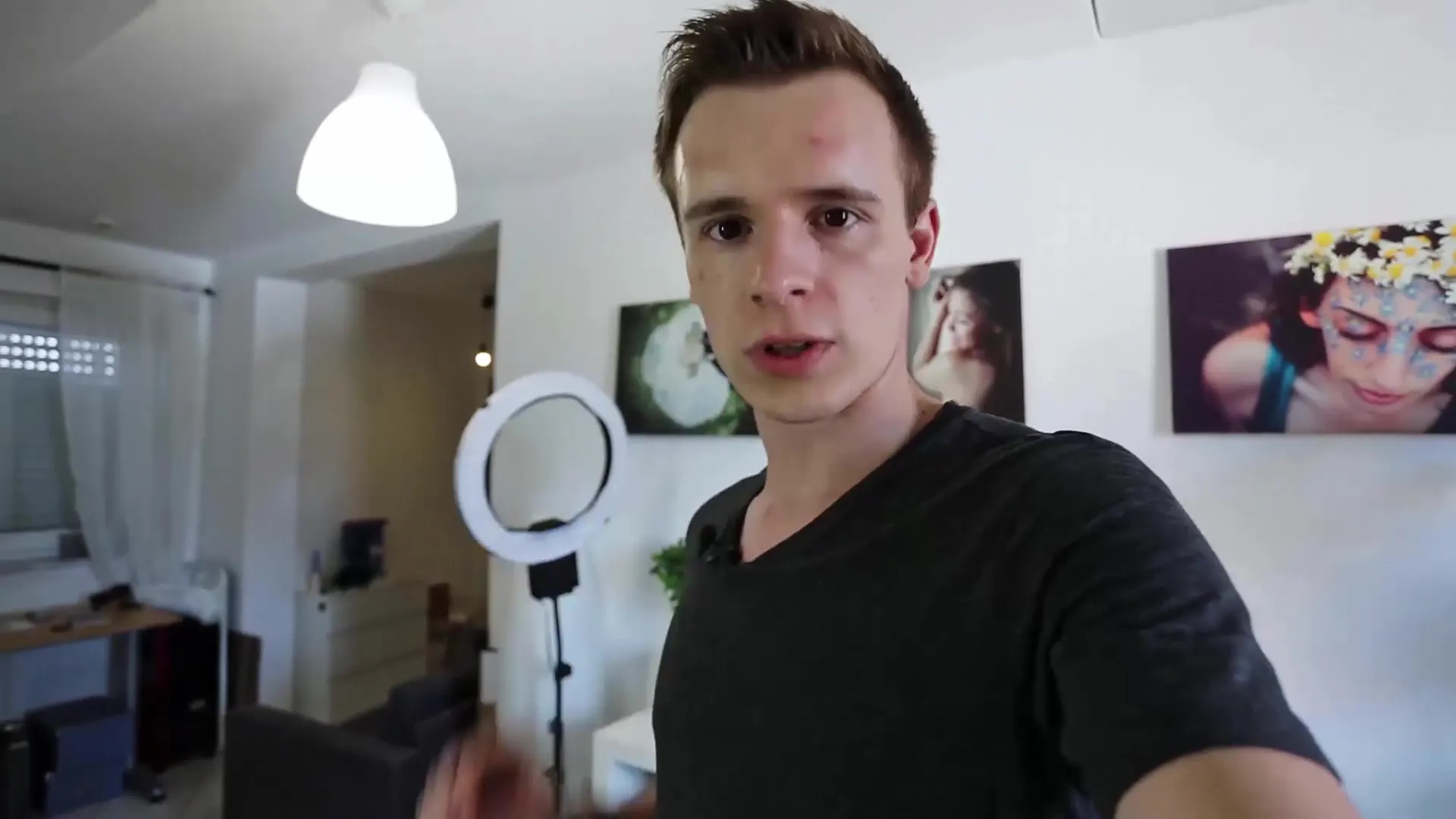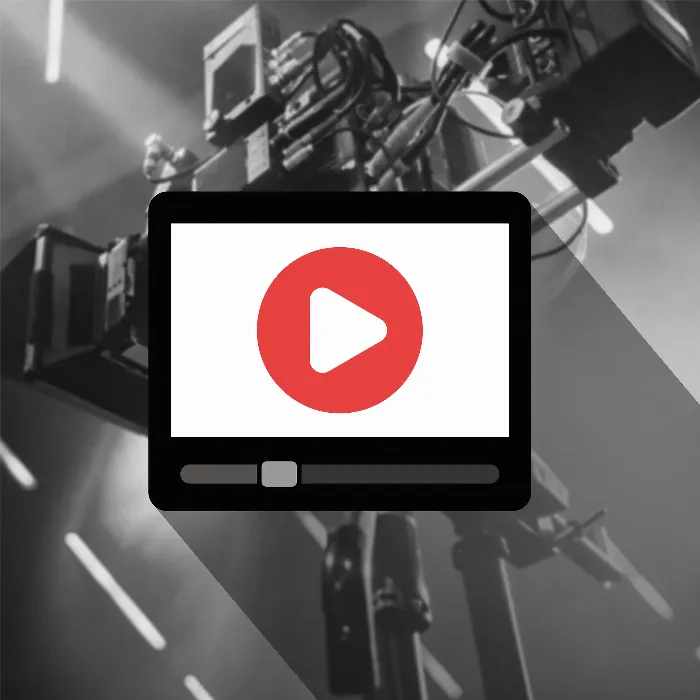There are many aspects that influence the production of videos. From planning to technical implementation and post-production - every step is crucial for the final product. In this article, you'll get a comprehensive insight into my video production process. I share with you not only my setup, but also the considerations and techniques behind my videos.
Key insights
- Videos don't just appear out of nowhere. Good preparation is crucial.
- Scripting should be done in bullet points and not verbatim in order to remain authentic.
- Technical equipment such as a monitor, microphone and lighting are essential for the quality of your recording.
- Free speech and personal address make videos more lively and appealing.
Step-by-step guide
1. concept development
Before creating a video, it is important to develop a well thought-out concept. I use various sources for inspiration, including your questions, comments and current trends that I discover on blogs. In this creative process, I sketch out the topics and content I want to cover. Be warned: a 1:1 script can make the video look unnatural. That's why I only write down enough that I can follow the central theme without looking like a robot.

2. video production setup
An important element of my setup is the monitor, which allows me to see myself during the recording. This simplifies camera positioning and helps me to get the focus right. Make sure that the monitor is only used as a support, not as a permanent distraction. Ideally, your eyes should be facing the camera to connect with your audience.
3. audio recording
Good audio quality is essential. I prefer to use a lapel microphone as it provides excellent sound quality and gives me freedom of movement. In some situations I may need a different microphone, but in general the lapel microphone is the best choice. In addition, the microphone connects to the camera via a long cable, which makes it easier to synchronize the audio recording.

4. power supply
If you are recording for a long time, a stable power supply is crucial. I use a special adapter that looks like a camera battery but supplies the camera directly with power. This allows you to record continuously without interruptions due to empty batteries.
5. lighting
Without proper lighting, even the best video looks flat and unprofessional. I use several light sources to ensure even and appealing lighting. My ring light is particularly important here, which I often use from the side to avoid unwanted shadows on the face. I also use softboxes, which provide soft light distribution and are perfect for desk shots.
6. shooting and editing
The actual shooting then takes place - it is important that I can react flexibly to all these preparations. After recording, I synchronize the various sources (sound, video from the camera, screen recordings, etc.) in my editing software. By the way, color grading requires moderation - too much can make the image unnatural.
7 Authenticity
The most important thing I've learned about video production is to be authentic. Speak freely and try to let your personality shine through. A short rehearsal beforehand helps to reduce nervousness and make your sentences flow more smoothly.

Summary - The making of my videos: Insights into the videography setup
In this guide, you have learned how to create effective videos - from concept development and technical setup to recording and post-production. Remember that authentic presentation and good technique are the keys to successful videos.
Frequently asked questions
How do you develop your video ideas?I use feedback from the community and current trends to find relevant topics.
What is the most important equipment for video recordings?A good microphone and suitable light sources are essential for quality.
How important is planning for video production?Thorough planning is crucial for a smooth production.
What can I do if I'm nervous in front of the camera?Practicing, speaking more naturally and communicating directly with the camera help to reduce nervousness.


